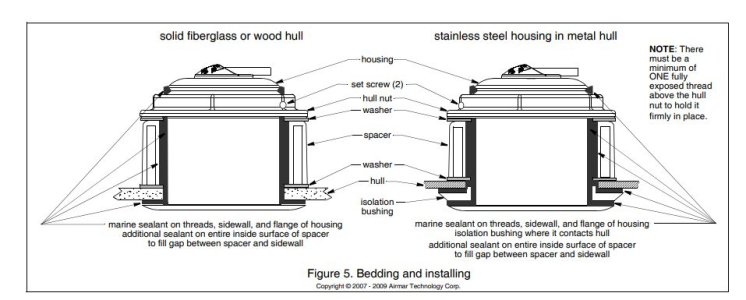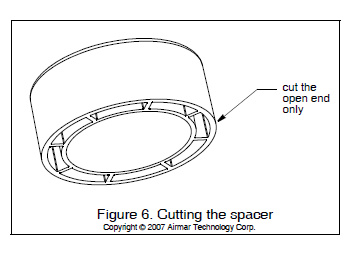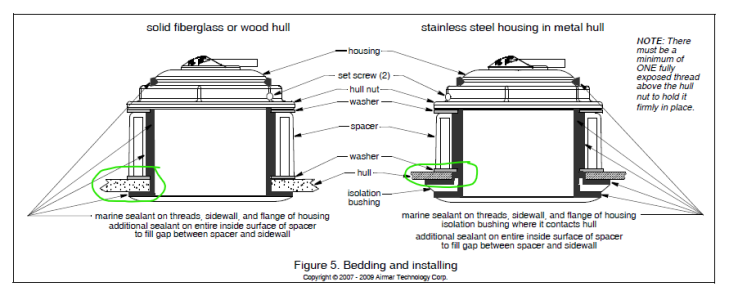I am about to purchase a TZT3 12 and think I have my transducer choices down to a B175HW (tilted element flush mount 12 degree tilt) vs. B275LHW (fairing block). Putting aside the deep performance of the “275” would I see any difference in the performance of the 275 over the 175 in water shallower than 300’? Is it worth it to have it hanging below my hull? Boat is a 33’, 17knot sportfisher. Fishing is halibut and seabass in 80’ to tuna in open water. Also, what connector do I need to connect to a TZT3?
Thanks
Thanks





